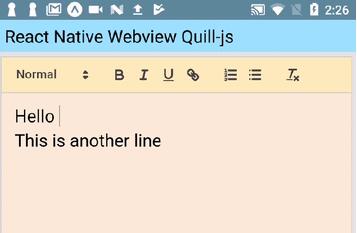

Memory = parseFloat(memory.substring(0,findmaxlength(memory))) ĭ = memory ĭ = "ERROR" The calculator consist of two parts: the display and the keys. Then to get the age of a person in Milliseconds subtract DOB. I create 2 new variables millisecondsBetweenDOBAnd1970 and millisecondsBetweenNowAnd1970 to store number of milliseconds between DOB/NOW and Janurespectively. If (location.indexOf("-", 0) != -1) maxlength++ The Dat e.now () method returns the number of milliseconds since January 1, 1970.

#VANILLA JAVASCRIPT JSCALCULATOR HOW TO#
Var on = false, lastprinted = "", currentfunc ="", memory Build a Calculator Using Vanilla JavascriptLearn How to Create a Calculator Web App Using Pure JavascriptRating: 0.0 out of 50 reviews2 total hours25 lecturesBeginnerCurrent price: 14.99Original price: 39.99.

I've been pretty much improvising but if anyone knows an easier way or correct way of making the calculator work I'd really appreciate the help. I'm not sure if what I'm doing is correct. Operator = this.getAttribute('data-ops') ĮtAttribute("data-result", resultNum) ĮtAttribute("data-result", resultNum) First, the structure of the calculator will be created (using HTML), then we will style it (using CSS), and finally, we will create the logic of the calculator (using JavaScript). Let's open the index.Return document.querySelectorAll(element) JavaScript (script.js) - To create the logic of the calculator We will start building our calculator step by step. Grid-template-rows: minmax( 120 px, auto) repeat( 5, 100 px) īackground-color: rgba( 255, 255, 255 . Pure vanilla JavaScript calculator using modern ES6 syntax and classes - GitHub - WebDevSimplified/Vanilla-JavaScript-Calculator: Pure vanilla JavaScript. Grid-template-columns: repeat( 4, 100 px) Let's create a CSS file named style.css and add the following CSS code to it:įont-family: Gotham Rounded, sans-serif īackground: linear-gradient(to right, #00AAFF, #00FF6C) kandi ratings - Low support, No Bugs, No Vulnerabilities.

Let's create a JavaScript file named script.js and add the following JavaScript code to it:Ĭlass Calculator ) 3. Implement vanilla-javascript-calculator with how-to, Q&A, fixes, code snippets.


 0 kommentar(er)
0 kommentar(er)
